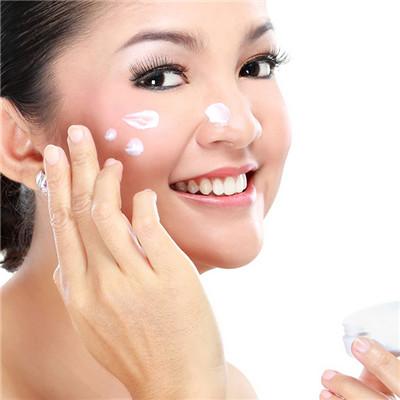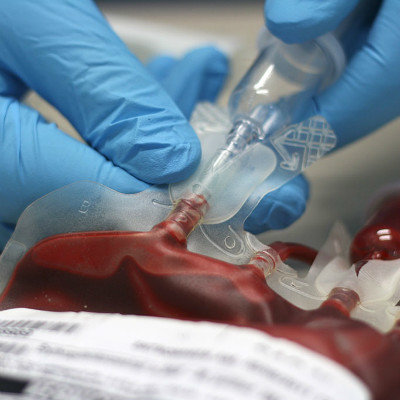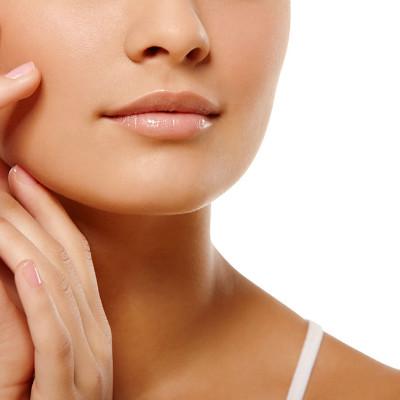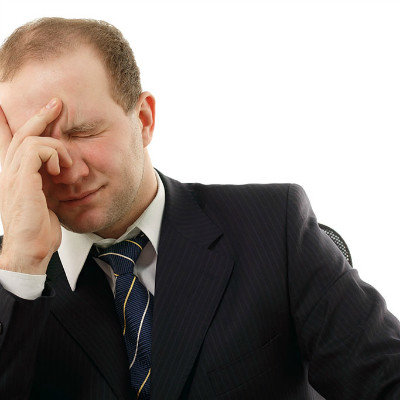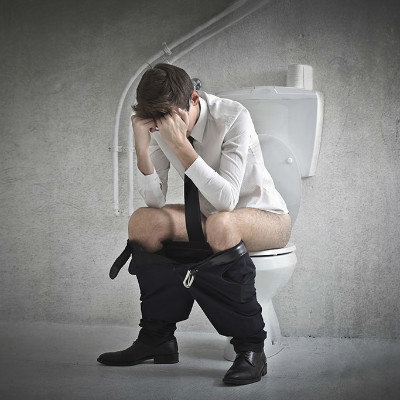What is the effect of Orthodontics?
summary
My teeth don't grow very well. I don't go in and out neatly. Some of them are in double rows. I go to the dentist and the doctor asks me to do orthodontics. Orthodontics can improve the problem of people's teeth are not aligned, but if the doctor's operation is not standardized, or did not do a good job after orthodontic care, what impact will it have. Share it with you
What is the effect of Orthodontics?
First: the effect on the root: during orthodontic treatment, the root surface also has absorption and proliferation. After treatment, the root will return to normal with its own repair ability, but if the force is too large during treatment, it will increase the risk of root resorption
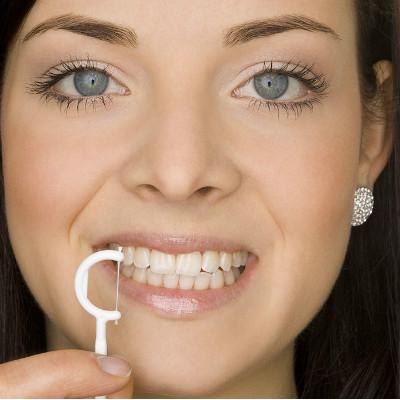
Second: the impact on the dental pulp: in the early stage of treatment, mild and temporary inflammatory reaction occurs in the dental pulp, which shows that the patient has pain or discomfort in the first few days of afterburner.
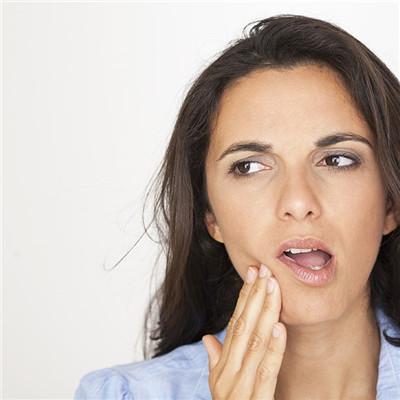
Third: the impact on alveolar bone height: people who have received orthodontic treatment will have a small amount of reduction in alveolar bone height. This is because wearing appliances makes oral hygiene difficult to maintain, increases the chance of suffering from gingivitis, and has a certain impact on alveolar bone. After treatment, if oral hygiene is maintained well, alveolar bone will gradually return to normal.
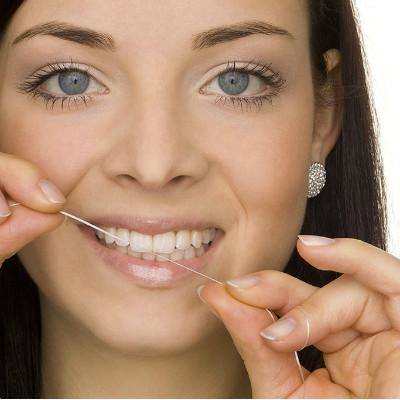
matters needing attention
Under normal circumstances, each tooth has a certain degree of physiological movement in order to buffer chewing pressure and prevent tooth trauma. After the tooth is corrected to the normal position and stops moving, the tooth can re adhere to the periodontal ligament through its own repair ability and become stable without permanent damage. If it is found that the tooth is too loose, the force should be suspended, let it recover for a period of time and then continue to apply force.





